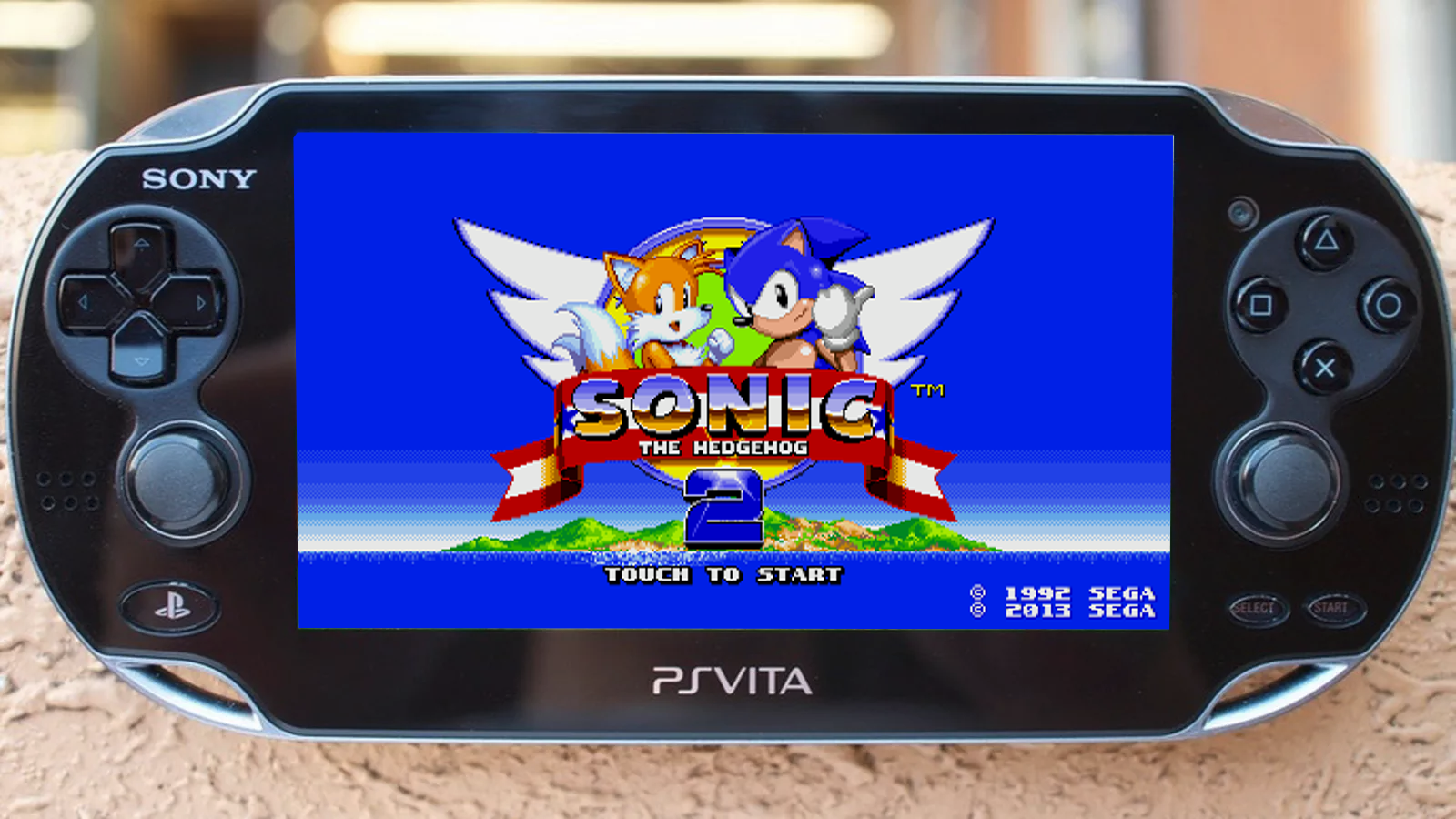Despite maintaining a strong stream of releases, Sega was facing more third party competition, especially from Acclaim (
Mortal Kombat, NBA Jam, etc.). Both EA and Acclaim were competing well with Sega’s in-house sports titles. Although
Sonic the Hedgehog 3 and
Sonic & Knuckles sold well, they failed to come close to the heights that
Sonic the Hedgehog 2 reached.
Royalties, of course, were nothing to complain about. But Sega, like Nintendo, had built its platform first and foremost as a way to promote its own games (Nintendo infamously restricted third party publishers to just five releases per year on the NES). Unlike Sony, who centered their business model with the PlayStation on supporting third parties and basing profits on royalties, Sega invested heavily in development and published dozens of in-house titles per year.
Sega’s troubles beginning in late 1993 can be traced back to a variety of factors: the volatile exchange rate, competition from Nintendo as well as third party publishers on the Genesis, and a market that was buying less as it waited eagerly for the next generation of gaming hardware. Its solution was to get the Saturn to market as soon as possible—something that Sega of America resisted due to the high price of the console and the desire to maintain its large consumer base. This led to the ill-fated 32X, which I won’t go into now, but you can read my thoughts on it
here.


















